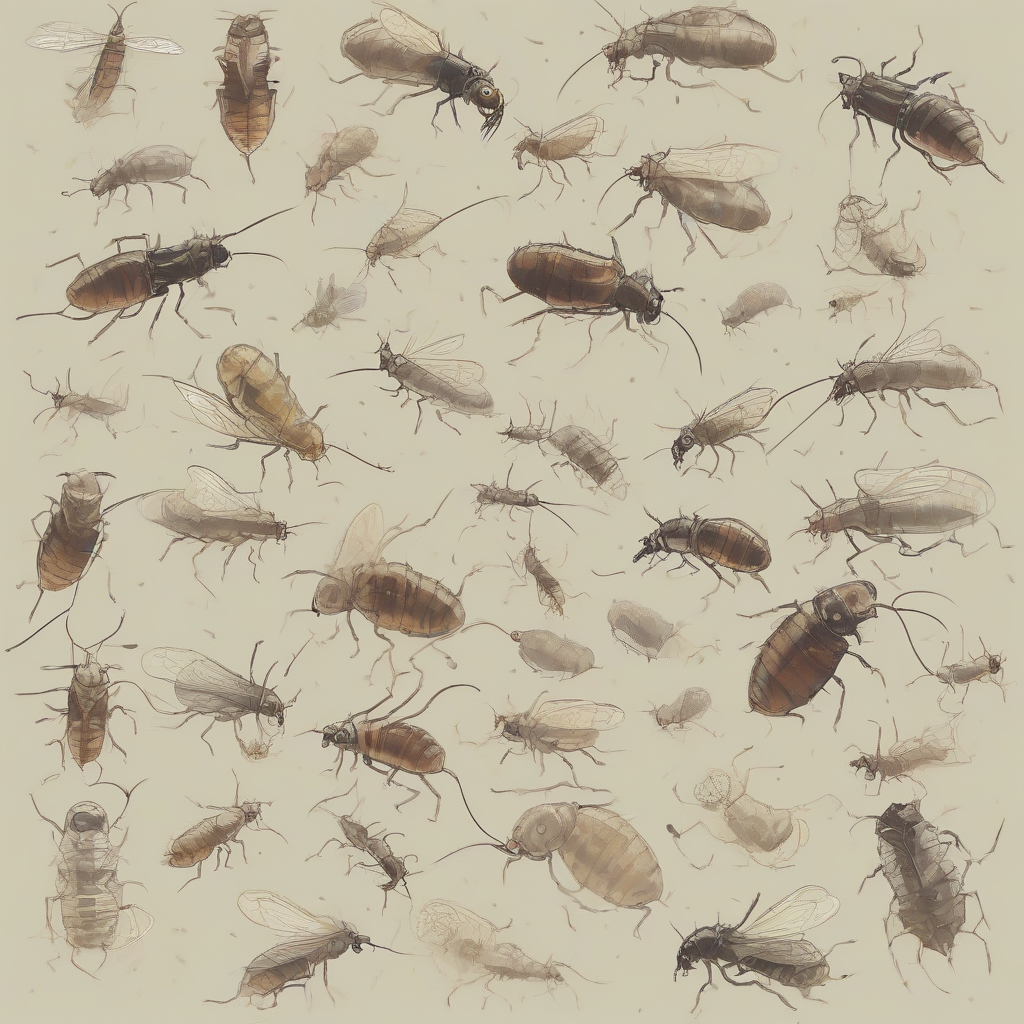The Ultimate Guide to Effective Flea Control: Exterminating Fleas from Your Home and Pets
Fleas are tiny, parasitic insects that can infest homes and cause significant problems for both pets and people. Their bites cause itching, irritation, and in some cases, allergic reactions. Effective flea control requires a multi-pronged approach targeting both your pets and your environment. This comprehensive guide will walk you through every step, providing you with the knowledge and tools to eliminate these pesky pests.
Identifying a Flea Infestation
Before you begin treatment, it’s crucial to confirm a flea infestation. Look for the following signs:
- Visible fleas: Adult fleas are small, dark brown insects that jump. You might spot them on your pet’s fur, especially around the neck, belly, and tail.
- Flea dirt: These are flea droppings, appearing as tiny black specks in your pet’s fur. If you moisten them with water, they’ll turn reddish-brown due to digested blood.
- Excessive scratching and biting: Pets with fleas will scratch incessantly, leading to irritated skin and potential secondary infections.
- Flea allergy dermatitis: An allergic reaction to flea saliva can cause severe skin inflammation, hair loss, and scabbing.
- Presence of flea eggs and larvae: These are often found in carpets, bedding, and other areas where pets spend time.
Treating Your Pet for Fleas
Treating your pet is a critical first step in flea control. This typically involves a combination of methods:
Flea Medications
- Topical treatments: These are applied directly to your pet’s skin and kill adult fleas. They’re available in various forms, including spot-on solutions and sprays.
- Oral medications: These are given as pills or chewable tablets and can kill both adult fleas and larvae.
- Flea collars: These release insecticide slowly over time, killing fleas that come into contact with your pet’s fur.
- Flea shampoos: These are medicated shampoos that kill adult fleas on contact. However, they are often not enough on their own.
Important Note: Always consult your veterinarian before using any flea medication on your pet. They can recommend the best product based on your pet’s age, breed, health condition, and the severity of the infestation.
Treating Your Home for Fleas
Treating your home is just as important as treating your pet. Fleas spend much of their life cycle in your environment, laying eggs and developing into larvae and pupae.
Thorough Cleaning
- Vacuum thoroughly: Vacuum all carpets, rugs, upholstery, and pet bedding frequently. Dispose of the vacuum bag immediately afterward to prevent fleas from escaping.
- Wash bedding and pet bedding: Wash all bedding, including pet bedding, in hot water (at least 130°F) and dry on high heat to kill fleas and their eggs.
- Steam clean carpets and upholstery: Steam cleaning can effectively kill fleas and their eggs.
- Clean pet areas: Pay special attention to areas where your pets spend the most time, such as their sleeping areas and favorite spots.
Flea Sprays and Foggers
- Household flea sprays: These are sprays that kill adult fleas on contact. Apply according to the product instructions, paying attention to areas where fleas are likely to be found.
- Flea foggers (bombs): These are foggers that release insecticide into the air, killing fleas in hard-to-reach areas. Follow the manufacturer’s instructions carefully and evacuate the home during treatment.
Important Note: When using any flea sprays or foggers, always follow the manufacturer’s instructions carefully. Wear protective clothing and ensure adequate ventilation.
Preventing Future Flea Infestations
Preventing future flea infestations requires ongoing vigilance and proactive measures:
- Regular flea treatments for your pets: Continue using preventative flea medications as recommended by your veterinarian.
- Regular vacuuming and cleaning: Maintain a clean and hygienic environment to minimize the risk of flea infestations.
- Treat your yard: Fleas can also live outdoors. Treat your yard with a flea control product if necessary.
- Use flea combs: Regularly comb your pet’s fur with a flea comb to remove adult fleas.
- Inspect new pets: Thoroughly inspect any new pets before introducing them to your home.
- Wash pet bedding frequently: Regularly wash your pet’s bedding in hot water and dry on high heat.
Natural Flea Control Methods
While chemical treatments are often effective, some people prefer natural methods. These can be used in conjunction with other methods or as a gentler approach.
- Diatomaceous earth: This is a natural powder that dehydrates fleas, killing them. Sprinkle it on carpets and pet bedding, but be sure to use food-grade diatomaceous earth.
- Essential oils: Some essential oils, such as cedarwood, lavender, and peppermint, are believed to repel fleas. However, their effectiveness is not fully proven and caution is needed with pets.
- Boric acid: This powder can also dehydrate fleas but should be used cautiously as it can be toxic if ingested.
- Citrus peels: The scent of citrus is said to deter fleas. Placing citrus peels around your home might help.
Important Note: Natural methods may not be as effective as chemical treatments, especially in severe infestations. They often need to be used in combination with other strategies.
When to Call a Professional Pest Control Service
If you’re struggling to control a flea infestation on your own, it’s best to contact a professional pest control service. They have the expertise and tools to effectively eliminate fleas from your home and prevent future infestations.
- Severe infestations: If you have a large flea population that you cannot control with home remedies.
- Recurring infestations: If fleas keep coming back despite your efforts.
- Health concerns: If you or your pets are experiencing severe allergic reactions or other health problems related to fleas.
- Lack of time or expertise: If you don’t have the time or knowledge to tackle the problem effectively.
Professional pest control services can offer comprehensive treatments, including targeted applications of insecticides, environmental sanitation, and preventative measures. They can also identify the source of the infestation and provide valuable advice to prevent future problems.

